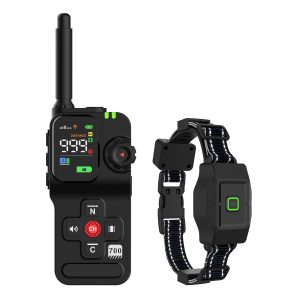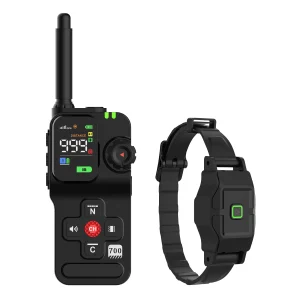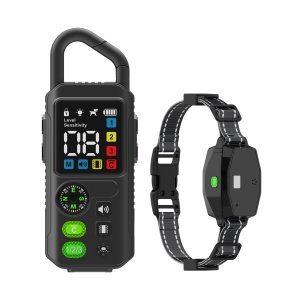The Science Behind Bark Control Devices: Do They Really Work?
When it comes to managing a dog’s behavior, especially excessive barking, pet owners often turn to bark control devices as a solution. These devices come in various forms, from ultrasonic to vibration collars, each claiming to address the issue of incessant barking. But do these devices truly work, or are they just another gimmick in the pet industry?
Understanding the mechanisms behind bark control devices is crucial in evaluating their effectiveness. Ultrasonic devices emit high-frequency sound waves that are unpleasant to dogs, deterring them from barking. Vibration collars, on the other hand, deliver gentle vibrations when a dog barks, interrupting the behavior without causing harm.
Research on the efficacy of bark control devices has yielded mixed results. Some studies suggest that these devices can be effective in reducing excessive barking, especially when used in conjunction with positive reinforcement training. However, critics argue that such devices may not address the root cause of the barking behavior and could potentially lead to stress or anxiety in dogs.
It’s essential for pet owners to weigh the pros and cons of using bark control devices. While they may provide temporary relief from barking, they should not be seen as a substitute for proper training and understanding of a dog’s needs. Additionally, consulting with a professional dog trainer or behaviorist can help in developing a comprehensive approach to managing barking issues.
In conclusion, bark control devices can be a useful tool in addressing excessive barking in dogs, but they should be used thoughtfully and in conjunction with other training methods. By understanding the science behind these devices and considering the individual needs of their pets, owners can make an informed decision on whether to incorporate bark control devices into their training regimen.




